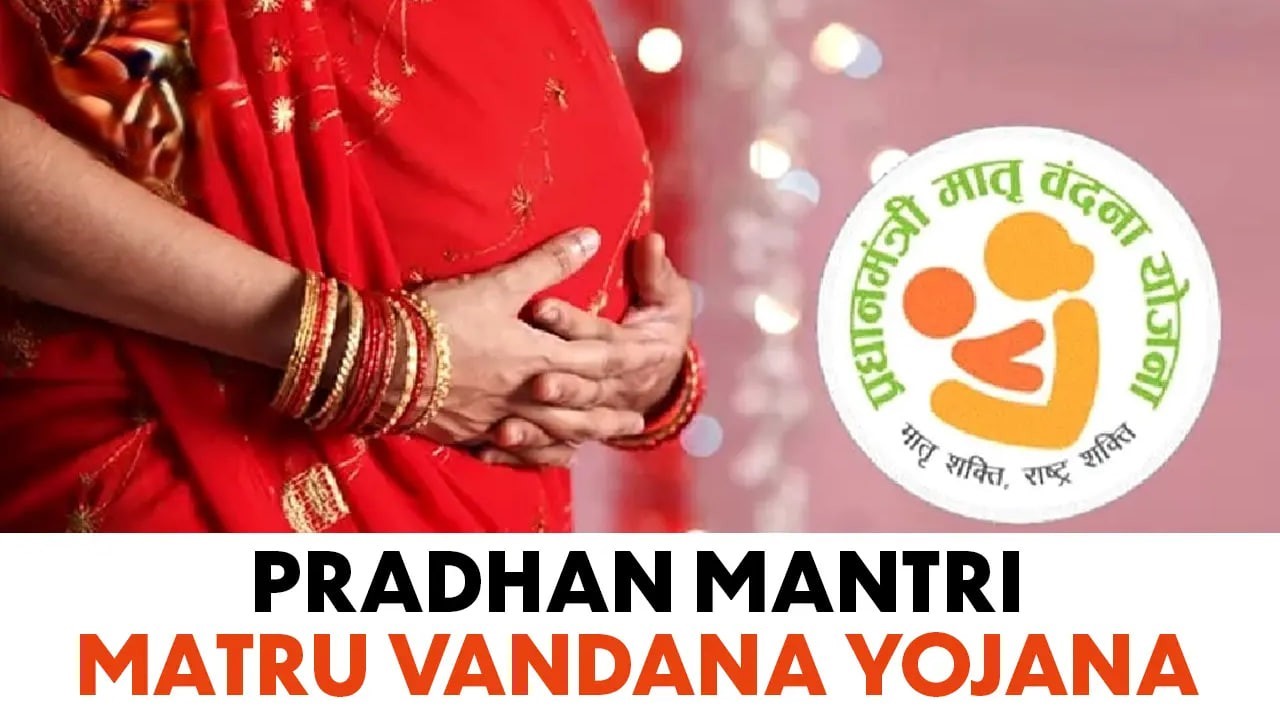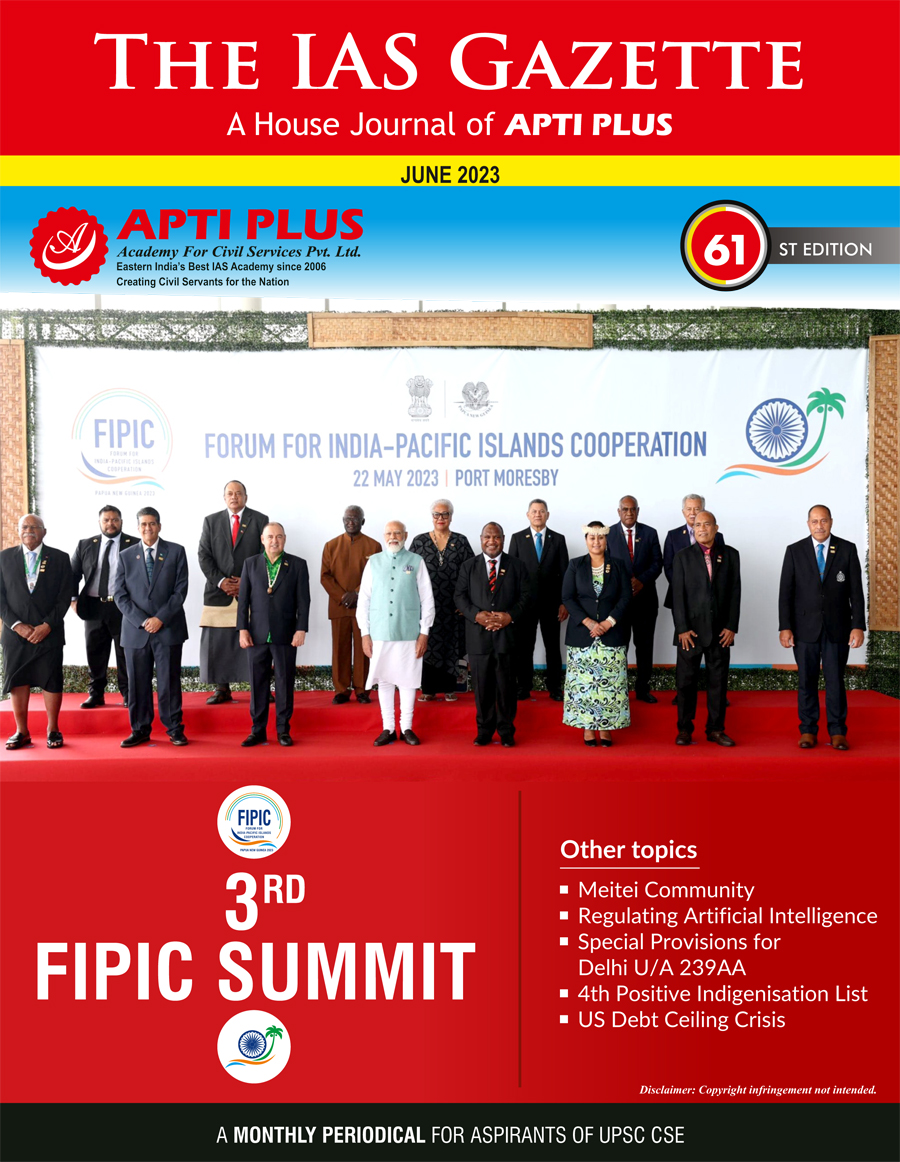Description

Copyright infringement not intended
Context: The Prime Minister has lauded the new initiative of celebrating ‘Pradhan Mantri Matru Vandana Yojana’ as a ‘God Bharai' ceremony in Dausa, Rajasthan. The ‘God Bharai' ceremony is a traditional ritual that celebrates the impending arrival of a child and blesses the mother-to-be.
Pradhan Mantri Matru Vandana Yojana
About
- Pradhan Mantri Matru Vandana Yojana (PMMVY) is a Centrally Sponsored DBT scheme that provides a cash incentive of ₹ 5000/- to Pregnant Women and Lactating Mothers of 19 years of age or above for the first live birth.
- The incentive is paid in three installments upon fulfilling certain health and nutrition conditions.
- The scheme aims to compensate for the wage loss due to pregnancy and to ensure adequate nutrition for the mother and the child.
Background of PMMVY
- The PMMVY was launched in 2017 as a replacement for the previous Indira Gandhi Matritva Sahyog Yojana (IGMSY), which was a conditional cash transfer scheme for pregnant and lactating women launched in 2010.
- The IGMSY covered only 53 districts and provided a cash benefit of ₹ 6000/- per beneficiary.
- The PMMVY expanded the coverage to all the districts of the country and reduced the cash benefit to ₹ 5000/- per beneficiary, while the remaining ₹ 1000/- was to be given under the Janani Suraksha Yojana (JSY) for institutional delivery.
The PMMVY has the following features:
- The scheme is implemented through the Anganwadi Centers (AWCs) and the approved Health facilities in coordination with the Department of Social Welfare & Empowerment and the Department of Health & Family Welfare.
- The beneficiary has to submit the prescribed application form along with the relevant documents and consent forms at the AWC or the approved Health facility for registration and claim of the instalments.
- The beneficiary has to furnish her Aadhaar details, her/husband/family member’s mobile number and her bank/post office account details for receiving the cash incentive through Direct Benefit Transfer (DBT).
- The beneficiary has to meet the following conditions for receiving the instalments:
- First instalment: ₹1000/- on early registration of pregnancy at the AWC/ approved Health facility.
- Second instalment: ₹2000/- after six months of pregnancy on receiving at least one antenatal check-up (ANC).
- Third instalment: ₹2000/- after childbirth is registered and the child has received the first cycle of BCG, OPV, DPT, and Hepatitis - B, or its equivalent/ substitute.
- The scheme is applicable only for the first live birth and excludes miscarriage, stillbirth and abortion.
- The scheme applies to women who are employed and have experienced a wage loss due to pregnancy.
- The scheme does not apply to women who are in regular employment with the Central Government or the State Governments or PSUs or those who are receiving similar benefits under any law.

The PMMVY is significant for the following reasons:
- It provides financial support to pregnant women and lactating mothers who face a loss of income due to pregnancy and childbirth.
- It encourages women to seek timely antenatal care, institutional delivery and immunization for themselves and their children, thereby reducing maternal and infant mortality rates.
- It promotes healthy behaviour among women such as early registration of pregnancy, exclusive breastfeeding, complementary feeding, etc., which are essential for improving maternal and child nutrition outcomes.
- It contributes to the achievement of the Sustainable Development Goals (SDGs) related to maternal health, child health, gender equality and poverty reduction.
The PMMVY faces some challenges in its implementation, such as:
Low awareness and outreach
- Many eligible women are not aware of the scheme or do not have access to the AWCs or approved Health facilities where they can register and claim their benefits.
Delays in payment
- There are reports of delays in the transfer of funds to the beneficiaries due to various reasons such as lack of Aadhaar linkage, incorrect bank account details, technical glitches, etc.
Exclusion of beneficiaries
- The scheme excludes women who have their second or subsequent live births, women who are not employed or do not face a wage loss, women who are in regular employment with the government or PSUs, etc. This may leave out many vulnerable women who need the cash incentive the most.
Inadequate amount
- The cash incentive of ₹ 5000/- is not sufficient to cover the additional expenses and nutritional needs of pregnant women and lactating mothers, especially in the context of rising inflation and food prices.
The PMMVY can be improved by taking the following steps:
Increasing awareness and outreach
- The scheme should be widely publicized through various media channels and platforms to reach out to potential beneficiaries. The AWCs and approved Health facilities should also proactively identify and enrol the eligible women and provide them with the necessary information and guidance.
Streamlining payment
- The scheme should ensure timely and hassle-free payment of the cash incentive to the beneficiaries by simplifying the application process, verifying the documents, resolving technical issues, etc.
Expanding coverage
- The scheme should consider including women who have their second or subsequent live births, women who are not employed or do not face a wage loss, women who are in regular employment with the government or PSUs, etc., as they also need financial and nutritional support during pregnancy and lactation.
Enhancing amount
- The scheme should revise the cash incentive amount to make it more adequate and realistic in terms of meeting the additional expenses and nutritional needs of pregnant women and lactating mothers.
Conclusion
- PMMVY is a significant initiative to promote maternal and child health in India, where many women suffer from poor nutrition, anaemia, and complications during pregnancy and delivery. The scheme also encourages women to seek timely antenatal care, institutional delivery, and immunization for their children, which can reduce maternal and infant mortality rates. It is a step towards ensuring that every woman and child in India has access to quality health care and a dignified life
Must Read Articles:
Pradhan Mantri Matru Vandana Yojana: https://www.iasgyan.in/daily-current-affairs/pradhan-mantri-matru-vandana-yojana
|
PRACTICE QUESTION
Q. What are the main features of the PMMVY and how does it benefit pregnant women and lactating mothers? What are the challenges faced in implementing the scheme and what are the possible solutions to overcome them?
|

https://www.pib.gov.in/PressReleasePage.aspx?PRID=1931745














